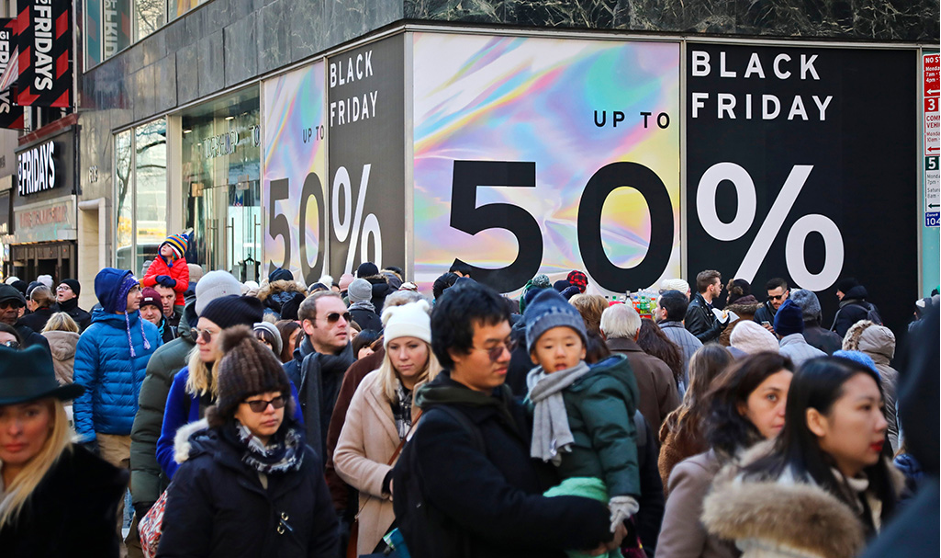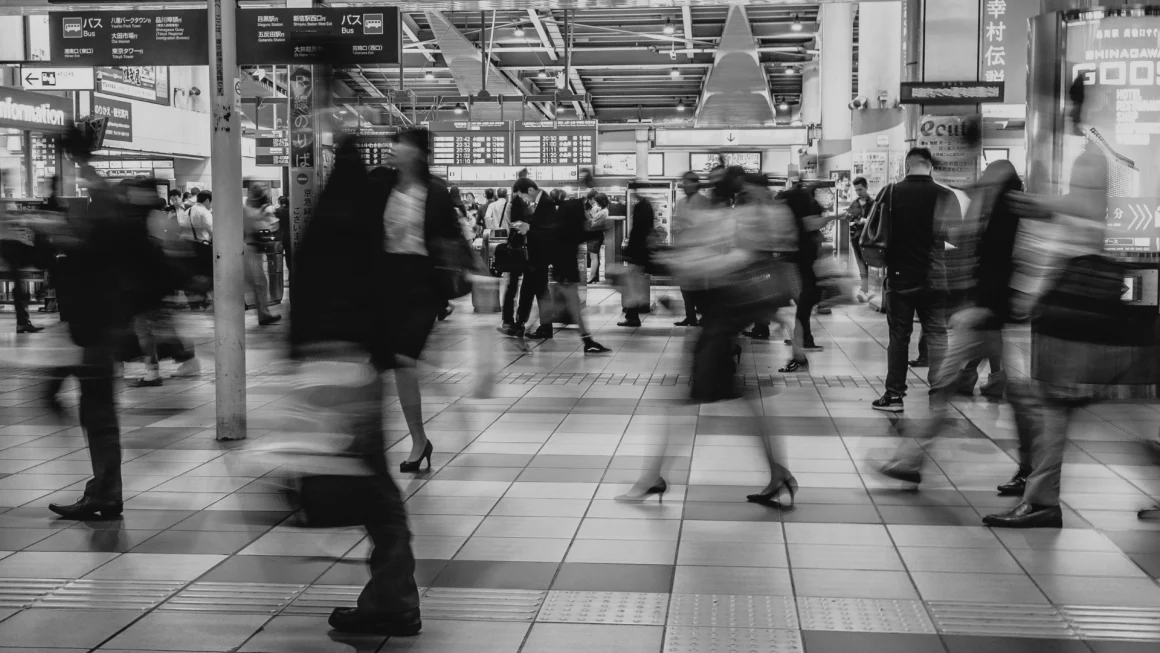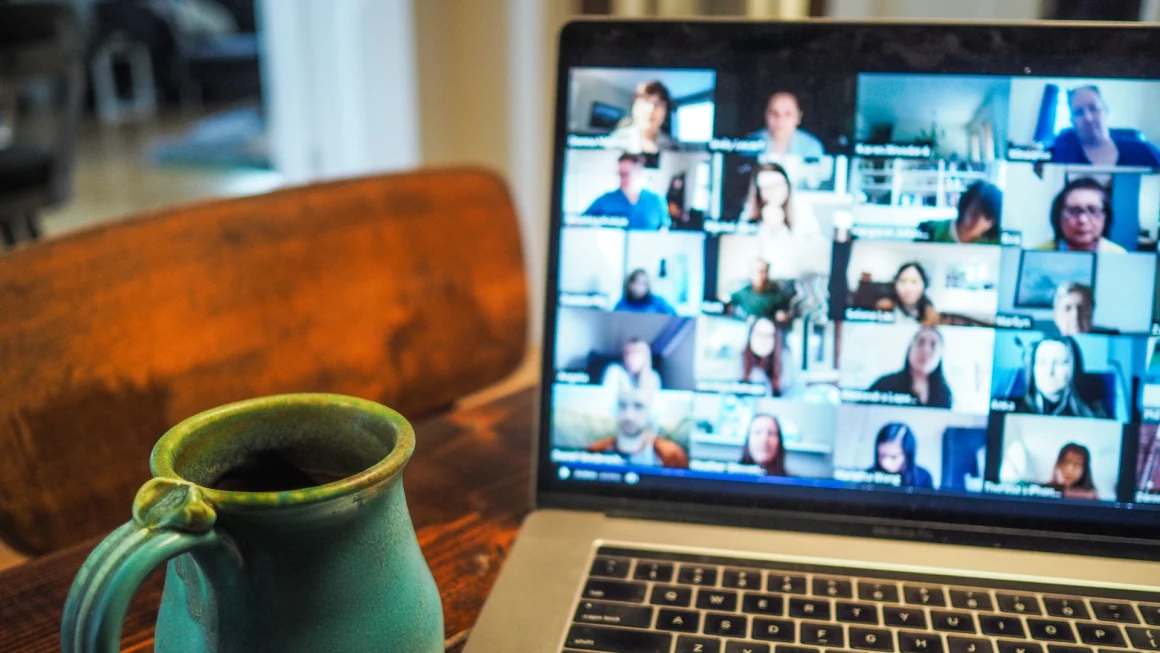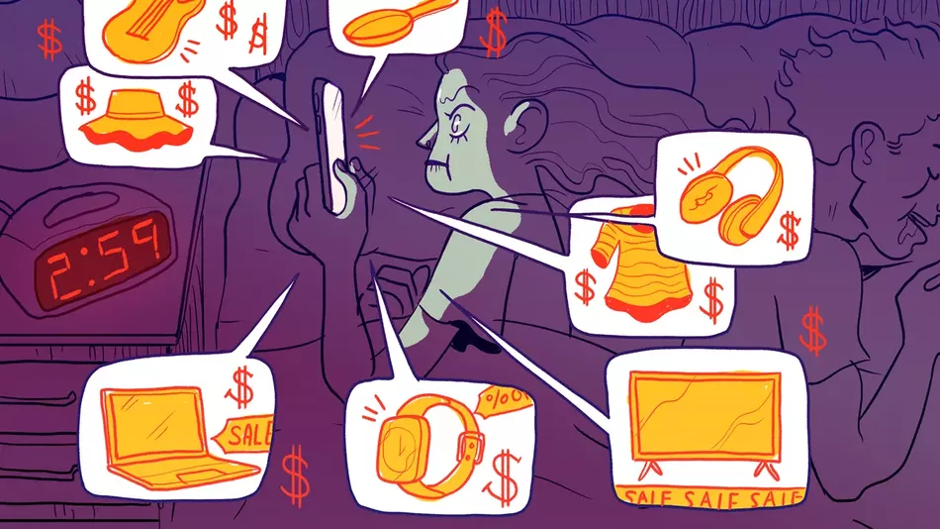With a second wave of the Coronavirus spreading, businesses and retailers cannot attract, or risk attracting crowds that were usual in Black Friday sales season. It is common knowledge that it is no longer safe and advisable to be in crowded spaces and environments, regardless of what some people may say or think about our pandemic reality. Those images that most of us have seen of jam-packed queues in front of stores, clients swarming into a mall and elbowing their way into the crowds to fight over products are not bound to happen this year. Or at least not in the proportion and magnitude we are used to seeing. This being said, what does the future of Black Friday look like? Are retailers being creative enough to find solutions to one of the most important commercial holiday season of the year?
Since the pandemic started, the most obvious response of the retail sector was to go online, and this will be the most common practice for the BF sales season, but can the smartphone experience mimic the cultural phenomenon of Black Friday? According to Richard Kestenbaum, a Forbes retail specialist, reports that a study from Visa says that only 20% of U.S. consumers are planning to shop exclusively in-store, whereas nearly 30% are planning to do most of their shopping online. The question that lies here is, how can retailers attract buyers, maximise their BF performance and offer deals that are good enough to maintain sales at a comparable past commercial revenue.
A different calendar
“Start earlier and spread out”, these have been the strategies to avoid the need to be in crushing crowds. Richard Kestenbaum describes what some companies expect from this plan and says that by starting the deals earlier, what he calls a “pull forward strategy”, clients do not feel the urge to want to shop in-store at one date alone. So, by spreading out the shopping times, crowds are naturally avoided. He says that the second reason is that by attracting consumers early, companies maintain market share, where consumers shop more at the retailers that get them first. However, not ever having been in this situation before, uncertainty around accomplishing goals is the norm among retailers.
According to the Forbes’ specialist, Walmart says it expects one-third of its customers to start shopping by early November. Home Depot, Target and Best Buy are also offering online deals before Black Friday to avoid unwanted crowds. Amazon, which has had a once-a-year shopping holiday called Prime Day since 2015, cannot be out of the discussion of e-commerce since the company sold over $7 billion worth of product on that one day in 2019. The company has changed the calendar of their shopping holiday from July to October and. While Coresight Research expected sales volume of Prime Day to grow by 30% this year, early reports showed major supply chain issues, however, Kiri Masters’ agency Bobsled Marketing found an increase of 3.42 x versus a brand’s average of 30-day sales. Put simply, sales during Prime Day were on average 340% higher than in the previous days.
But what does that mean? According to Kiri, it means that brands can expect a greater sales volume to come over to the Black Friday shopping holiday season this year, and as further into December.
Getting creative with technology
It is right to say that challenges present opportunities for innovation, and we have seen them since COVID-19. And as Black Friday has changed over the years, 2020 will be no exception, more so given our pandemic New Normal. While we learn as we go, what does the future of BF have in store for us?
Hunting for deals via AR? Personal shoppers? The return of QR codes? Miller Kern, a retail specialist, has reviewed her notes from years of analysis and experience with an eye on the future, and came up with some possibilities.
Curbside Pickup system — According to the specialist, one of the biggest shopping changes to come about during the pandemic is the surge of curbside pickup options. Throughout Black Friday will be no different, having someone deliver a bag of goods to your car will become the norm. While this has been seen in a few shopping centres, the issue lies on an effective logistic system to prevent overcrowded traffic streets and consequently, irritated customers.
A lottery system — Despite finding a way around in-store restrictions, a lottery system can be an alternative where you could win, or purchase, a time slot to get to your shopping centre and avoid crowds.
QR codes — Tech and immersive experience will make the Black Fridays of the future a lot more interesting with AR ad circulars where you scan QR codes, see special deals and product information on your device.
VR — In case you are the customer that loves shopping in-store on Black Friday, VR may be in your future. Companies like Youcan are integrating the practice of looking for good deals by creating virtual retail spaces that allow you to have an amazing virtual experience, which is nothing close to browsing through a computer or device screen but as close as it gets to what you feel when you’re actually shopping at your favourite stores.
Voice-activated shopping — Voice-activated assistants are our go-to pal when a question comes up, however, the voice assistants might also become a key player in Black Friday shopping. You can already find shopping commands integrated into Alexa’s programming, which includes some exclusive Amazon deals. It is only natural that other voice-activated assistants follow this pattern.
New technology — Amazon Dash Cart and Instacart are some examples of new cool ways we’ll be able to shop in the near future. Amazon Dash Cart knows what you put in your cart, it fits up to two full grocery bags of goods and comes equipped with a touchscreen, which is close to the handle and shows your total items. If you take something out of the cart, Amazon says it will be picked up by “computer vision algorithms and sensor fusion” and automatically remove the item(s) from your bill. The cart can be activated with a QR code in the Amazon app which will enable your sign in, and access to Alexa-created shopping lists, among other features. Since you can opt for cashless checkout, this is great for contact-free interactions during COVID-19 times.
Uncertainty

As Richard Kestenbaum states, uncertainty is the hallmark of decision-making during a recession. Consequently, it makes consumers often hesitate on big purchases. That said, retailers have been conservative in their inventories as they do not know how successful the 2020 Black Friday commercial season will be like, and also how it will end. The specialist points out the fact that the term “Black Friday” in itself is being used less and less, much to do with the decline in the importance of the one day of shopping.
All in all, it is also important to consider new consumer habits which were acquired this year. People’s relationship with money and buying have for certain changed in 2020, and will the culture of buying gifts in seasonal sales endure much longer? Have people not thought about whether the practice of seasonal or compulsive shopping is really important while in never-ending lockdowns? Thanks to technology and new ways of shopping, like the ones mentioned in this article, we can rely on much safer experiences in a pandemic world, but no matter how much incentive and investments are put into it should we disregard this much needed reflection. To what is worth, Black Friday as we knew it will not ever be the same again.
References:
Connellan, S. Amazon is rolling out shopping carts that know what you’re buying. https://mashable.com/article/amazon-dash-carts-shopping/?europe=true Kern, M. Black Friday is going to be weird this year — and that’s a good thing. https://mashable.com/shopping/black-friday-2020-future-predictions/?europe=true Kestenbaum, R. What The Future Of Black Friday Looks Like. https://www.forbes.com/sites/richardkestenbaum/2020/09/29/what-the-future-of-black-friday-looks-like/ Masters, K. Amazon’s Prime Day Performs Strongly For Retail Brands, Early Reports Show https://www.forbes.com/sites/kirimasters/2020/10/16/early-reports-show-that-amazons-prime-day-performs-strongly-for-retail-brands/






